Superantigen Toxic Shock Syndrome
Superantigen toxic shock syndrome. Some of the key features of conventional antigen and superantigen is summarized in the table below. Parsonnet J Hansmann MA Delaney ML et al. As severe acute respiratory syndrome coronavirus 2 continues to spread worldwide there have been increasing reports from Europe North America Asia and Latin America describing children and adolescents with COVID-19-associated multisystem inflammatory conditions.
Toxic Shock Syndrome TSS is a rare acute multisystemic disease caused by toxins such as toxic shock syndrome toxin-1 TSST-1 enterotoxin B enterotoxin C produced by certain strains particularly phage group I of the bacterium Staphylococcus aureus S. The toxic effects of the microbe and SAg also damage tissue and organ systems a condition known as toxic shock syndrome. Staphylococcus aureus and Streptococcus pyogenes strains can produce _____ that cause the severe and sometimes life-threatening symptoms of toxic shock syndrome.
A novel disease that mimics toxic shock syndromethe superantigen hypothesis Magali Noval Rivas Rebecca A. Toxic Shock Syndrome When produced in large quantities this toxin can enter the blood stream and cause high fever vomiting diarrhea headache rash sore throat and body aches. The patient developed severe shock toxic shock syndrome.
Upon acceptance the accepted manuscript will be posted on the journal website. 6 S saprophiticus causes urinary tract infections especially in girls. Thermostable peptide toxic for the mitochondria when acting as a potassium ionophore.
Staphylococcal toxic shock toxin TSST-1. Aureus produce the superantigen TSST-1 which is responsible for 75 of toxic shock syndrome TSS cases Footnote 2. HBL NHE Citotoxin K or CytK.
Korman TM Boers A Gooding TM et al. Certain strains of S. Pyogenes produce toxins that may elicit a superantigen response causing massive release of cytokines.
J Clin Microbiol 2005. The clinical presentation of TSS is severe and acute symptoms include high fever vascular collapse vomiting diarrhea myalgia hypotension erythematous rash desquamation and involvement of at least 3.
7 Other species of staphylococci S lugdunensis S haemolyticus S warneri S schleiferi S intermedius are infrequent pathogens.
20 If the initial inflammation is survived the host cells become anergic or are deleted resulting in a severely compromised immune system. HBL NHE Citotoxin K or CytK. Toxic shock syndrome TSS is a condition caused by bacterial toxins. Toxic Shock Syndrome When produced in large quantities this toxin can enter the blood stream and cause high fever vomiting diarrhea headache rash sore throat and body aches. TSS is typically caused by bacteria of the Streptococcus pyogenes or Staphylococcus aureus type though others. Toxic Shock Syndrome TSS is a rare acute multisystemic disease caused by toxins such as toxic shock syndrome toxin-1 TSST-1 enterotoxin B enterotoxin C produced by certain strains particularly phage group I of the bacterium Staphylococcus aureus S. Porritt Mary Hongying Cheng Ivet Bahar Moshe Arditi. Staphylococcus aureus and Streptococcus pyogenes strains can produce _____ that cause the severe and sometimes life-threatening symptoms of toxic shock syndrome. Although no cases of toxic shock syndrome have been attributed to F.
Botulinum toxin BoNT is a neurotoxic protein produced by the bacterium Clostridium botulinum and related species. The pilosebaceous unit is involved in folliculitis furunculosis and carbunculosis. The patient developed severe shock toxic shock syndrome. Aureus produce the superantigen TSST-1 which is responsible for 75 of toxic shock syndrome TSS cases Footnote 2. 5 S aureus causes toxic shock syndrome by release of superantigens into the blood stream. Thermostable peptide toxic for the mitochondria when acting as a potassium ionophore. Botulinum toxin BoNT is a neurotoxic protein produced by the bacterium Clostridium botulinum and related species.



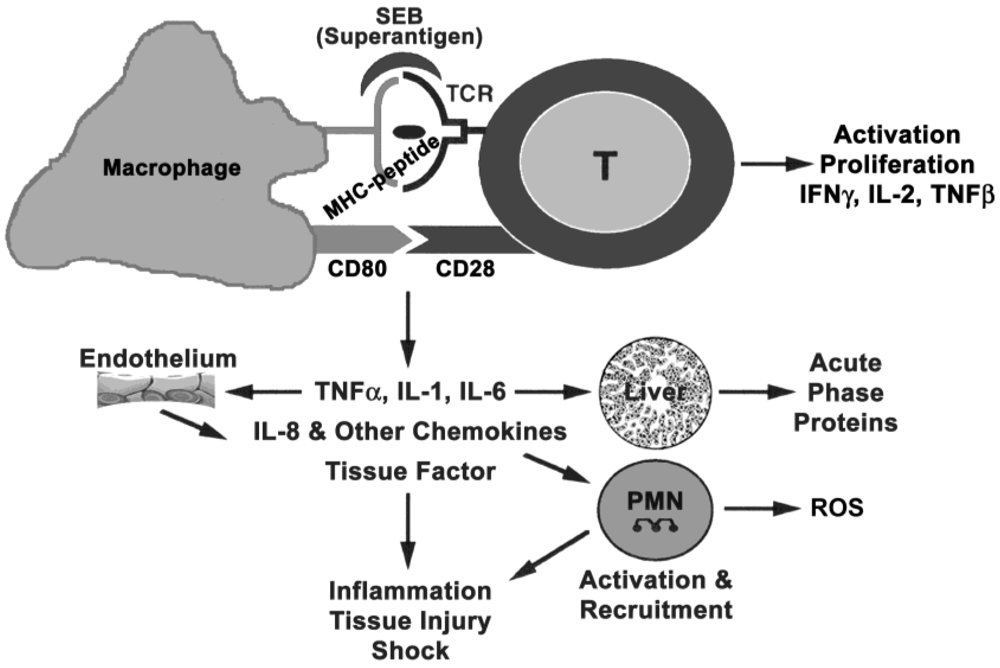
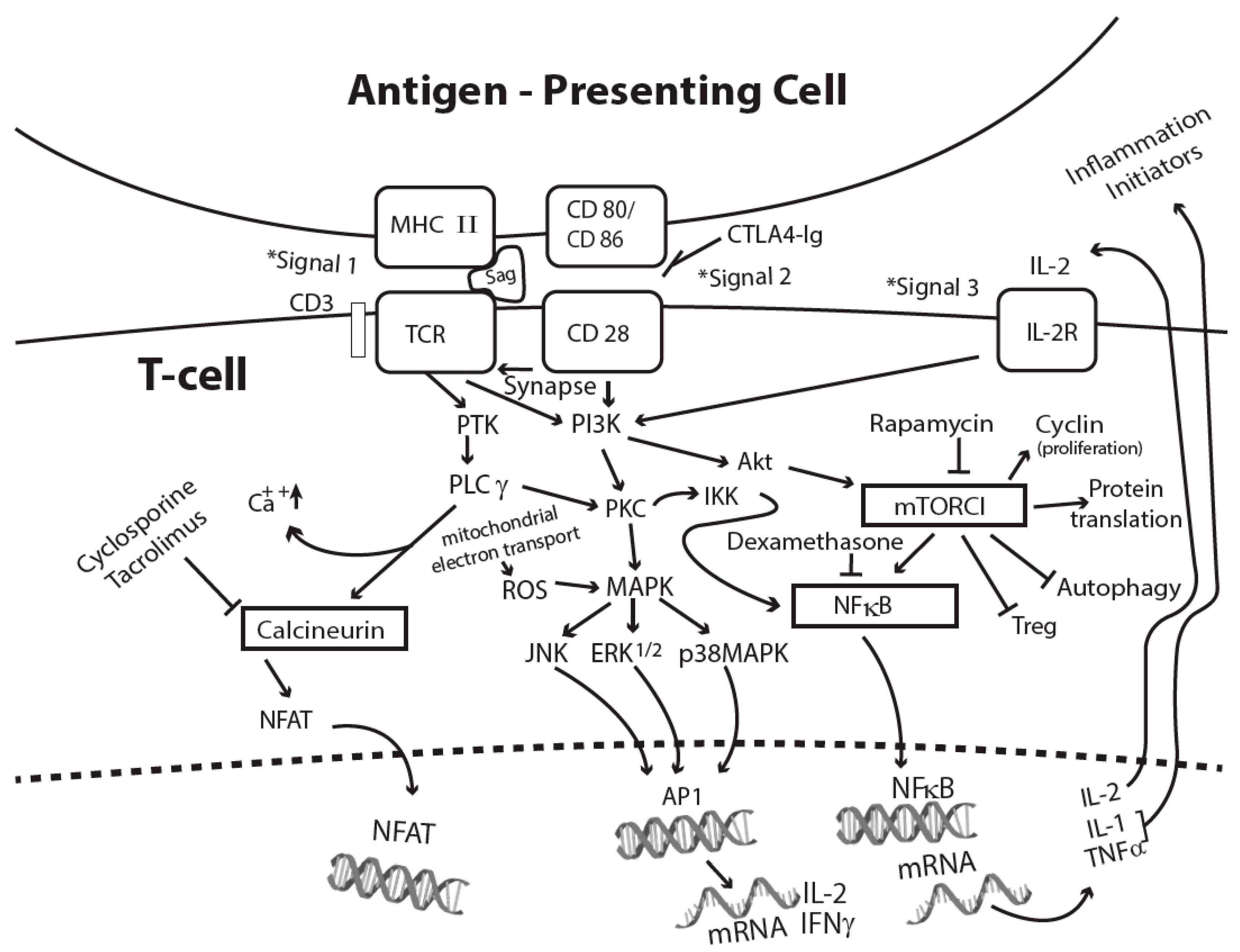


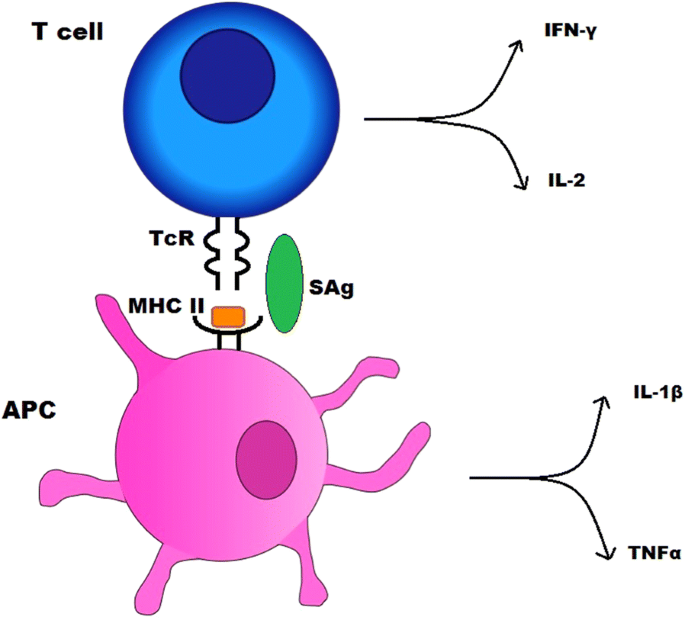


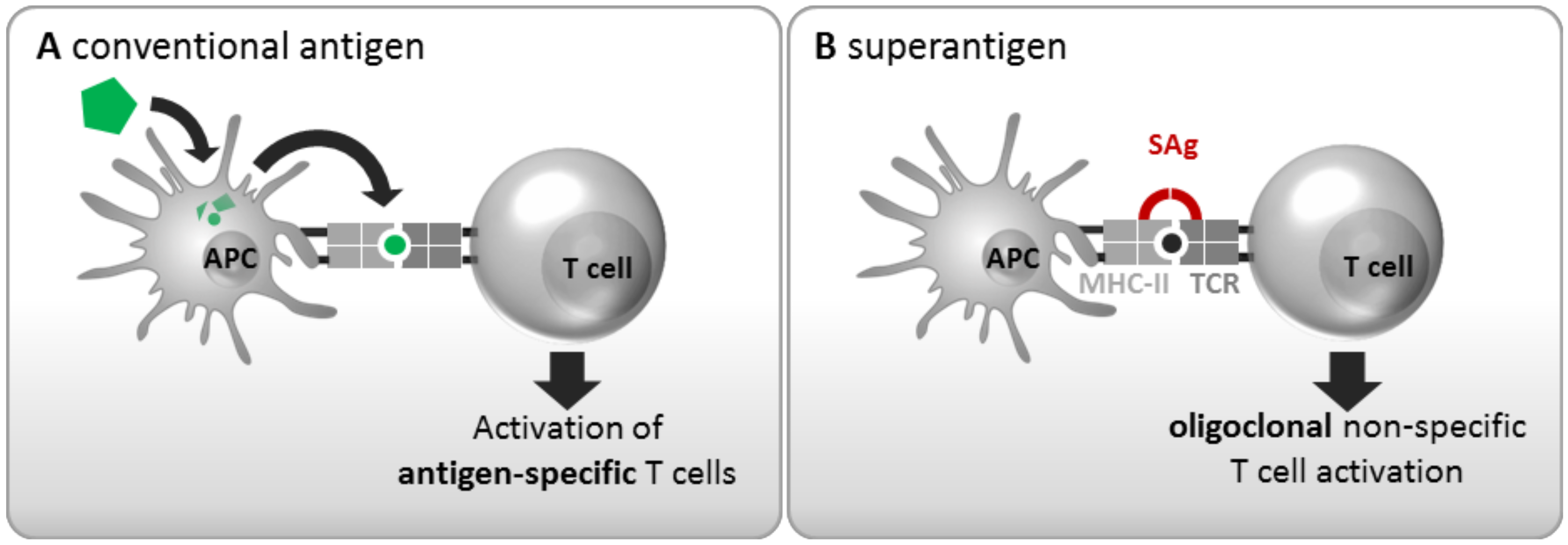
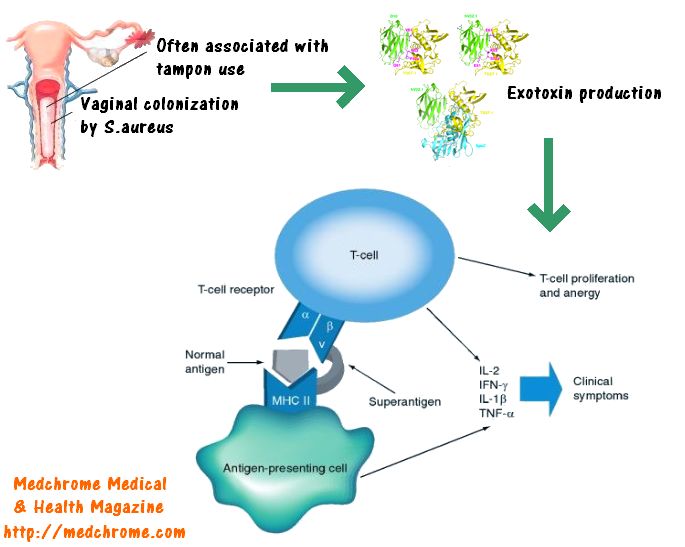







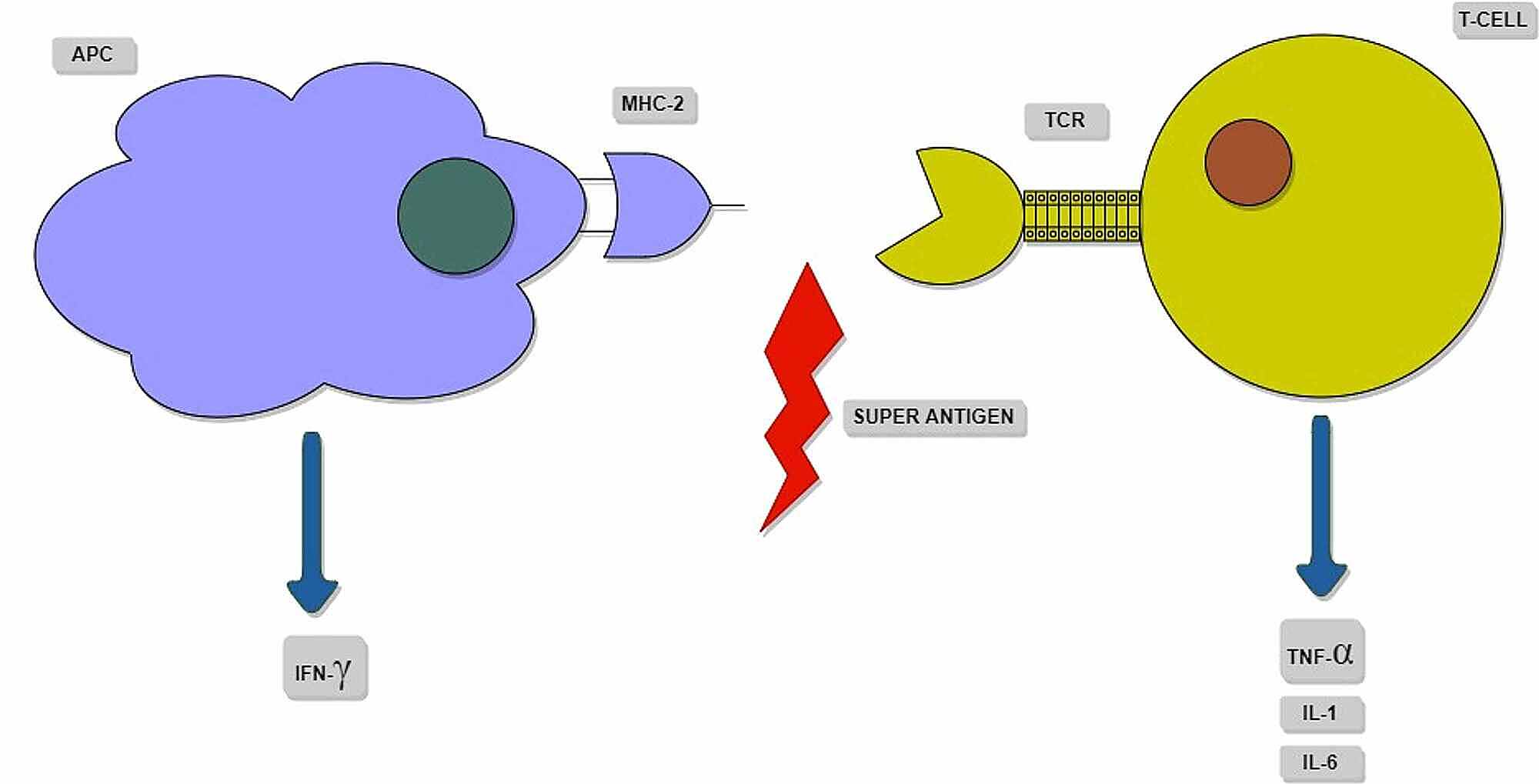

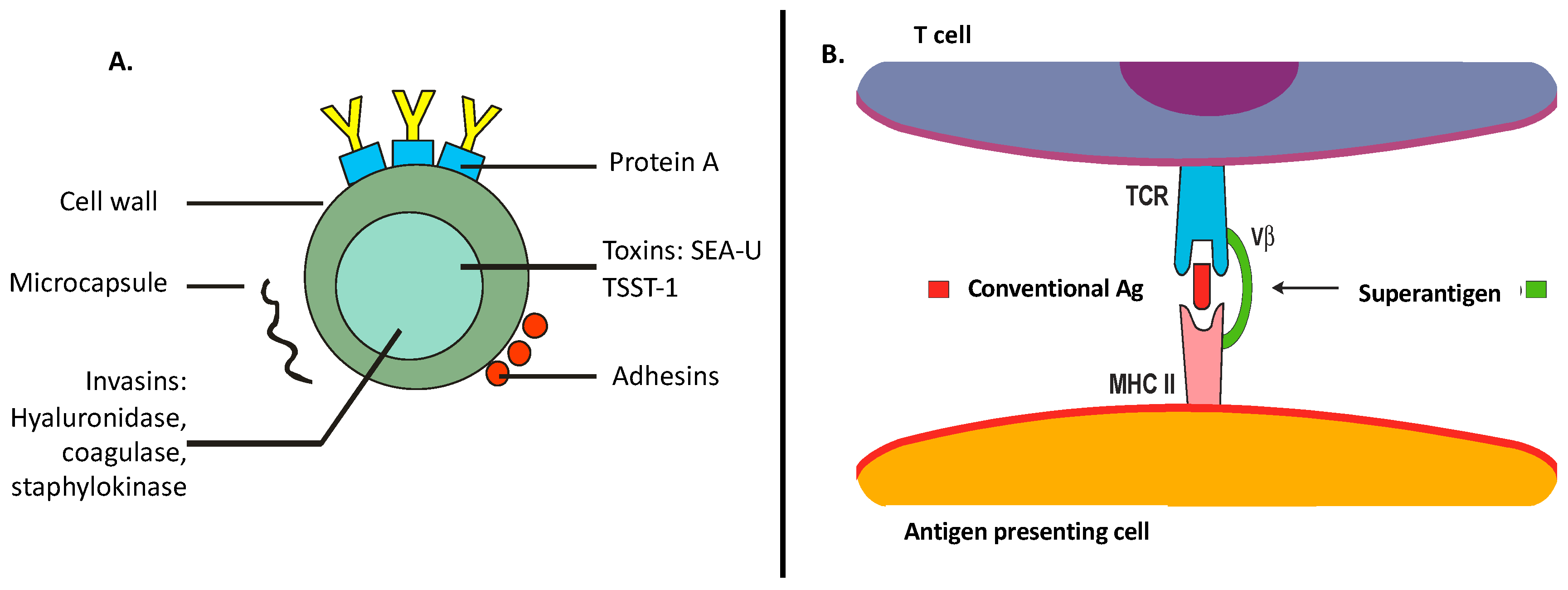

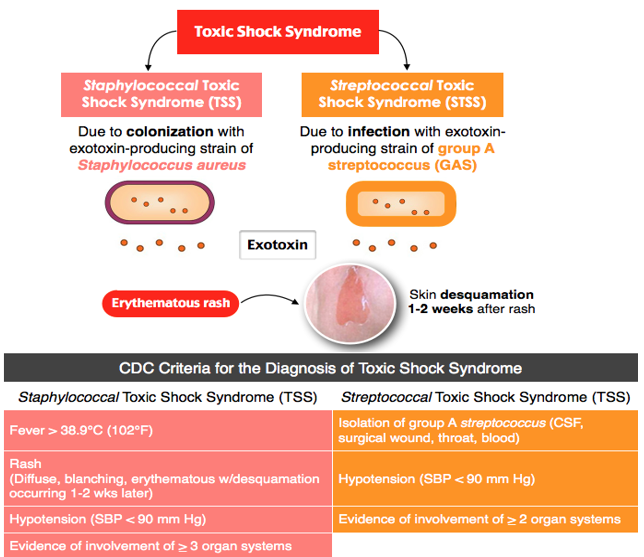







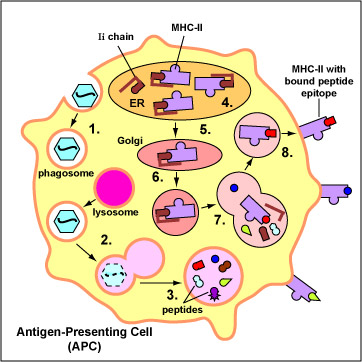
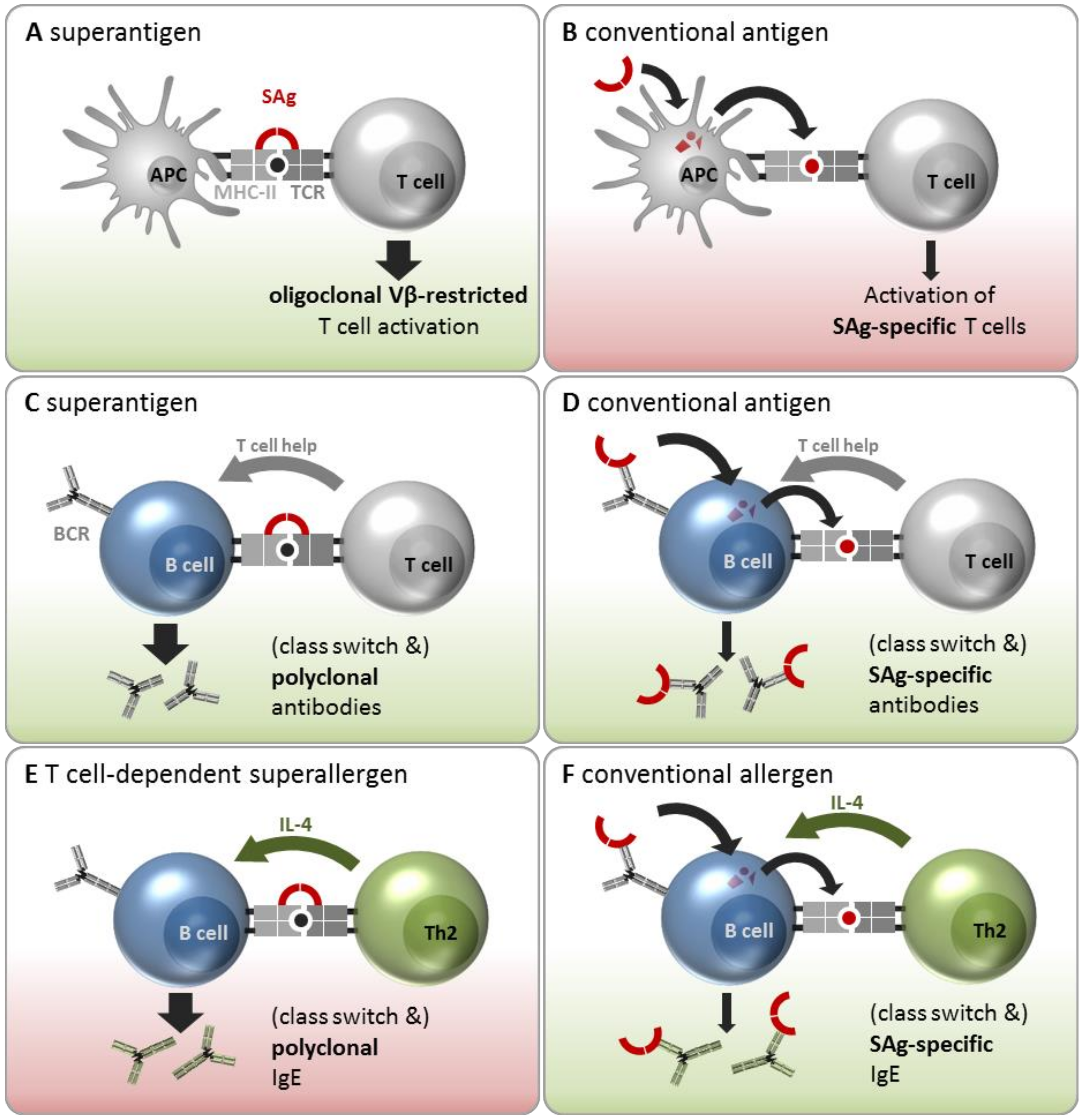

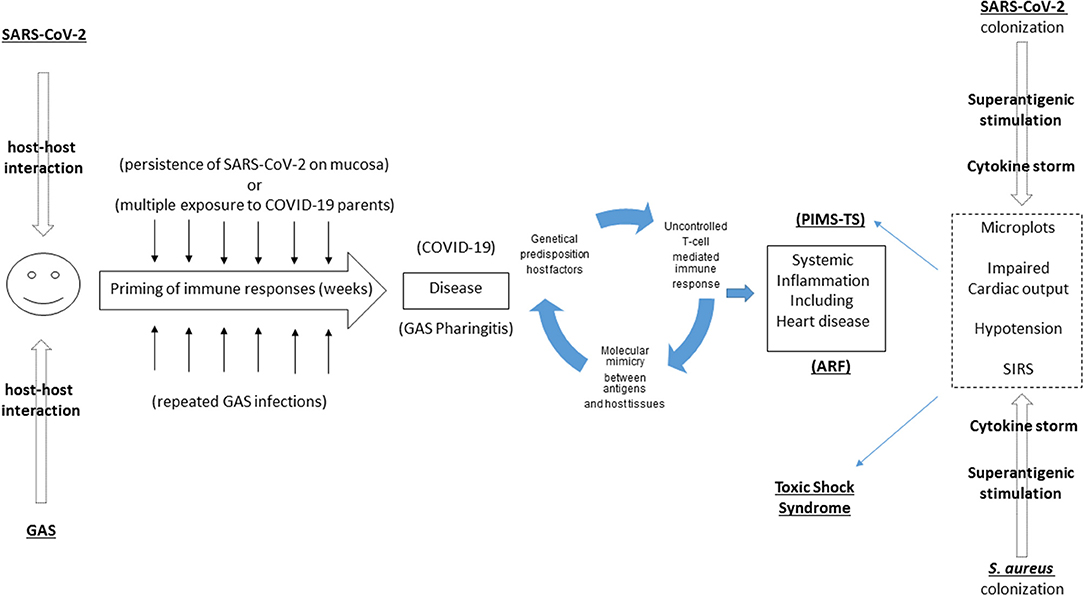
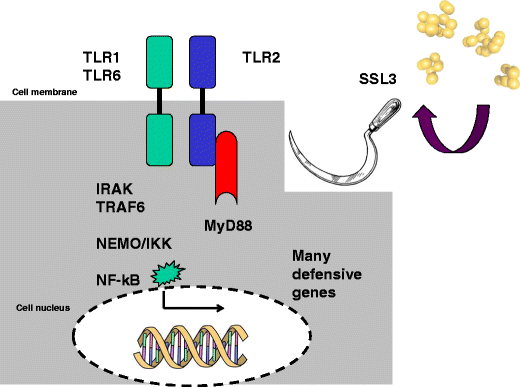

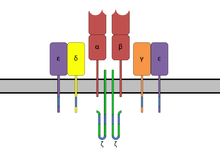

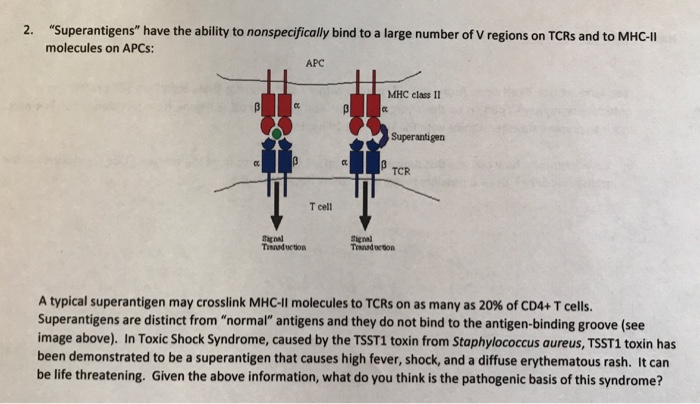



Posting Komentar untuk "Superantigen Toxic Shock Syndrome"